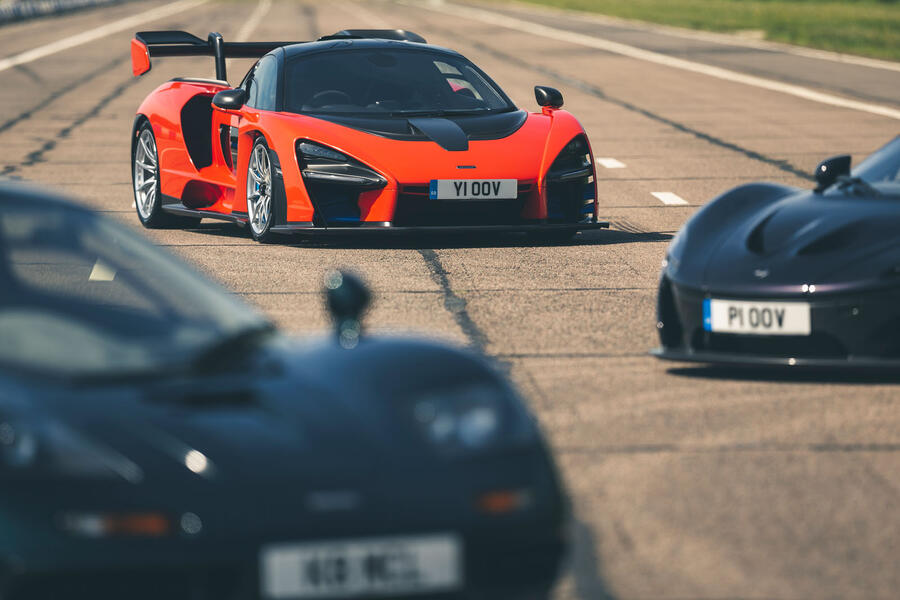
I don’t much like ‘horses for courses’ verdicts, but it seems iniquitous to come up with a one, two, three order for these cars, separated as they are not just in time, but concept, too. While the F1 is entirely established as perhaps the automotive icon of the last generation, neither the Senna nor even the P1 have yet had time to find their place in history, but the progression from road car to track car is clear. How interesting, then, that the next car in McLaren’s Ultimate Series is the Speedtail, a car billed as more luxurious and road oriented even than the F1. So it seems the circle will be complete.
Is history about to repeat itself?
No one ever called the F1 a hypercar – at least to my recollection – largely because this exceptionally ugly word was not in remotely common parlance, even if it existed at all. But, in retrospect, was it the first? Probably, although I’d listen to the case for the Jaguar XJ220, which itself produced a quantum leap forward in road car performance only a year before the F1.
It took an age – nearly 20 years, in fact – for the standard of street car performance to return to F1 levels, with the likes of the P1, LaFerrari and Porsche 918. But now it seems as though it’s going to leap again. Twenty-five years after the F1, the Aston Martin Valkyrie and Mercedes-Benz Project One may take a similarly long leap forward, however hard that is to imagine. Nor should we forget the T50 of F1 creator Gordon Murray.

